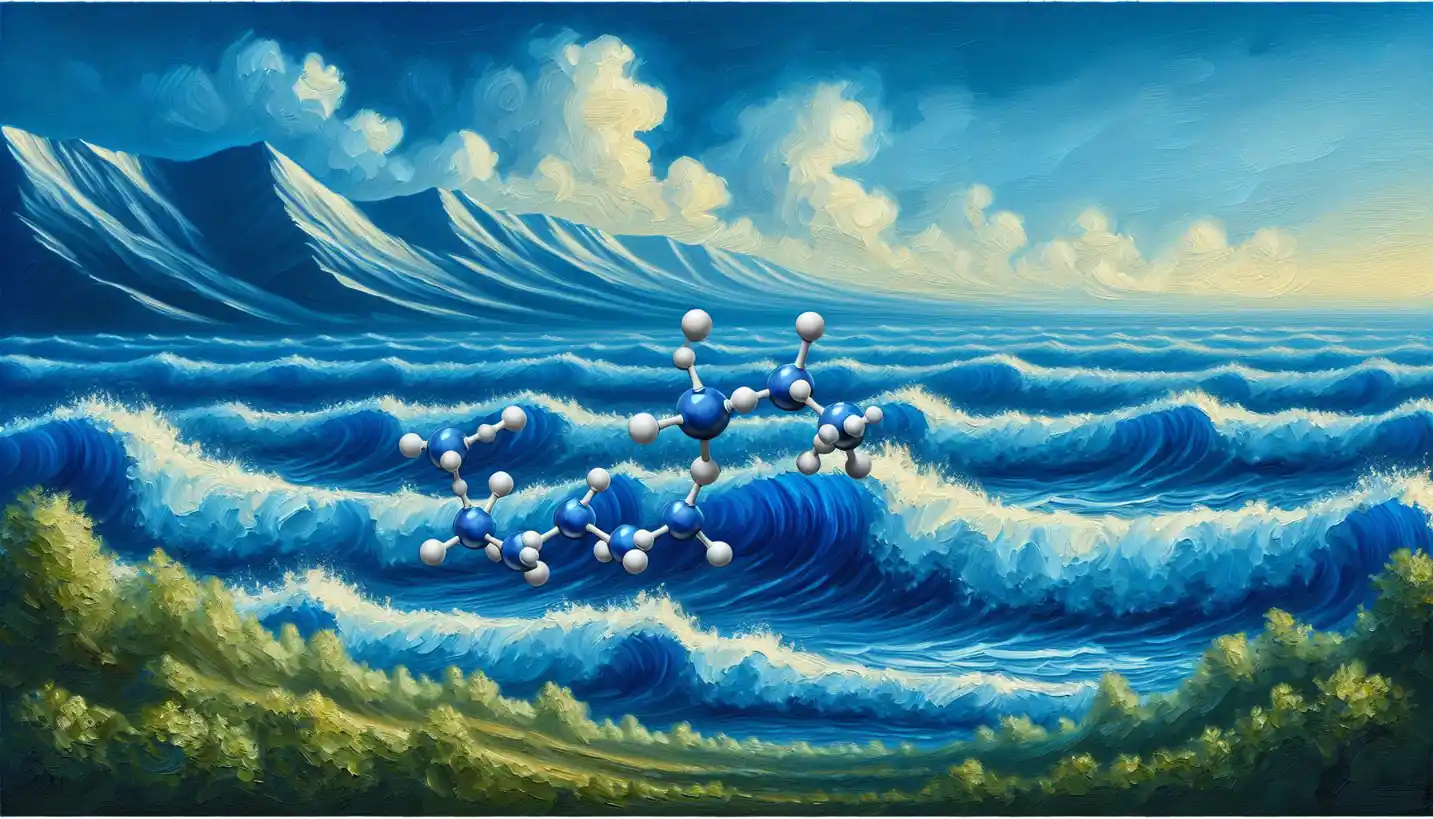· Chemistry · 4 min read
Lipophilicity: The Chemistry Behind What Loves Fat
Lipophilicity describes a compound's affinity for fats over water. Dive into why this property matters for drug design and delivery.

Lipophilicity might sound like a complex chemistry term, but it has a surprisingly simple side. Let’s dive into what it really means and why it’s super important in the world of medicinal chemistry.
Understanding Lipophilicity
Lipophilicity is all about a molecule’s ability to mix with fats, oils, and lipids. Think of it as a molecule’s “love for fat.” In chemistry terms, it’s how well a substance can dissolve in non-polar solvents, like oil, compared to polar ones, like water.
Imagine you’re trying to mix oil and water. They just don’t get along and separate into layers. Now, picture a molecule that prefers hanging out with the oil rather than water—that’s a lipophilic molecule.
Why Lipophilicity Matters in Drug Design
In the realm of medicinal chemistry, lipophilicity plays a pivotal role. When scientists design new drugs, they often aim for a balance. Too lipophilic, and a drug might get stuck in fatty tissues, making it hard to reach the bloodstream. Not lipophilic enough, and it could struggle to cross cell membranes.
Cell membranes are like picky bouncers at a club, made mostly of lipid bilayers. Lipophilic drugs can sneak through more easily because they blend well with the fatty layers. If drugs can’t enter cells, they can’t do their job.
Balancing Act: Lipophilicity and Drug Efficacy
Getting the lipophilicity balance right is critical. Let’s look at a common example: painkillers. If a painkiller is too lipophilic, it might get trapped in the body’s fat, making it less effective. But some lipophilicity helps it cross into the nervous system to relieve pain efficiently.
This balance affects more than just painkillers. Consider antidepressants—some work by crossing the blood-brain barrier, a tough membrane protecting the brain. Their lipophilicity helps them pass through and improve mood by acting on brain chemicals.
Influence on ADME Properties
Lipophilicity also influences ADME properties—Absorption, Distribution, Metabolism, and Excretion. Here’s how:
- Absorption: Drugs with the right lipophilicity can be absorbed efficiently into the bloodstream from the digestive system.
- Distribution: These drugs can spread throughout the body and reach their target tissues more easily.
- Metabolism: Lipophilicity affects how quickly a drug is broken down by the liver.
- Excretion: It also impacts how long a drug stays in the body before being eliminated.
A drug’s journey—how it’s absorbed, where it goes, how it’s metabolized, and how it’s excreted—is crucial for its effectiveness and safety.
Real-Life Implications
Let’s talk about lower cholesterol medications called statins. Their lipophilicity has a huge impact on how they function. Some statins are more lipophilic, making them better at reaching liver cells, where they help reduce cholesterol. Others are less lipophilic and are designed for specific patient needs.
Now consider antibiotics. They need the right lipophilicity to penetrate bacterial cell walls and kill bacteria. This property helps us design antibiotics that are more effective and faster-acting.
Predicting Lipophilicity in Drug Candidates
In the development phase, predicting a drug’s lipophilicity is key. Scientists use techniques like the “partition coefficient,” which measures how a drug divides between water and an oil-like environment. This metric helps researchers tweak a drug’s structure for optimal lipophilicity before testing it in the real world.
Challenges and Future Directions
One major challenge is developing drugs with precise lipophilicity that minimize side effects. Too much lipophilicity can result in long-term storage in fat tissues, leading to toxicity. But getting it just right can improve efficacy and patient outcomes.
Advancements in computational chemistry offer exciting possibilities. By simulating molecule interactions with membranes, scientists can predict lipophilicity more accurately. This reduces the guesswork in early drug design stages, saving time and resources.
Lipophilicity: More Than Just a Chemistry Term
Lipophilicity isn’t just a fancy chemistry word. It’s a key player in how effective our medicines are. From ensuring drugs cross cell membranes to balancing how long they stay active in our systems, it’s a crucial element in creating safe and effective treatments.
As medicinal chemistry continues to evolve, understanding and manipulating lipophilicity will remain at the forefront. By mastering this balance, we open the door to innovative therapies that can treat diseases more effectively and safely.
In the end, lipophilicity is like the unsung hero of drug design, quietly working behind the scenes to make sure our medicines work just right. So next time you take a medication, you’ll know a bit more about the little molecular love story happening inside.



